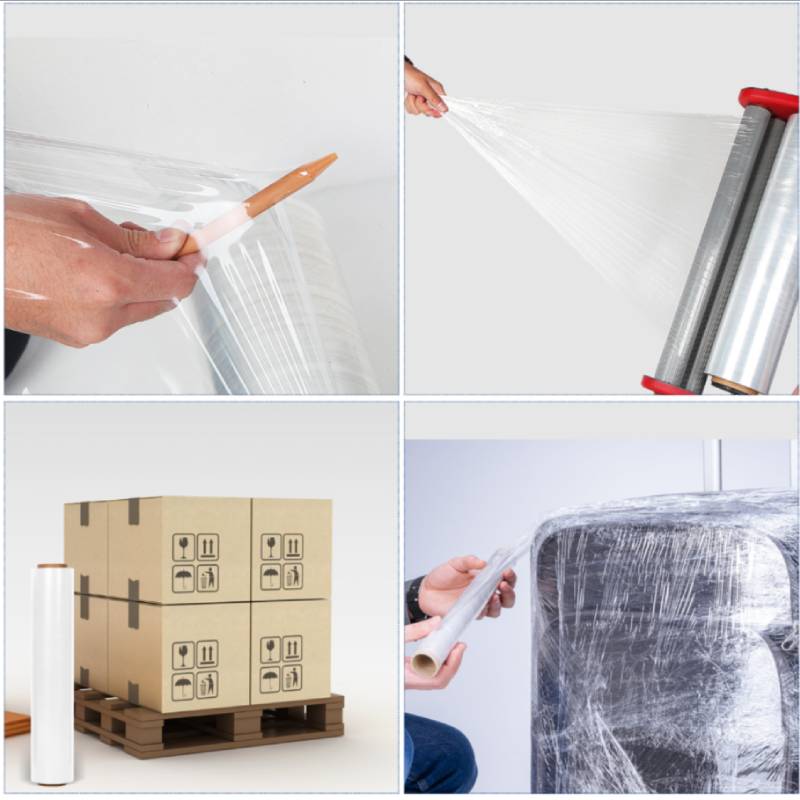Benefits and Uses of Powdered Medical Gloves in Healthcare Settings
The Rise of Powdered Medical Gloves A Comprehensive Overview
In the medical field, the safety and efficacy of personal protective equipment (PPE) are paramount. Among the essential items used by healthcare professionals, gloves play a critical role in ensuring hygienic practices and preventing contamination. Powdered medical gloves, which have been a staple in many healthcare settings, are garnering renewed attention as discussions around safety, regulatory compliance, and hygiene continue to evolve.
The Functionality of Medical Gloves
Medical gloves serve several key purposes. They protect healthcare workers from exposure to infectious agents, provide a barrier against bodily fluids, and reduce the risk of cross-contamination between patients. Gloves are especially crucial during surgical procedures, examinations, and when handling laboratory samples. The choice of glove material—be it latex, vinyl, or nitrile—affects their performance, flexibility, barrier properties, and overall comfort.
The Role of Powder in Medical Gloves
Traditionally, powdered gloves were favored due to the added convenience they offered. The powder, often made from cornstarch, serves several functions. First, it enhances the ease of donning and doffing the gloves, especially when hands are damp; second, it reduces friction between the glove and the skin. Users could quickly and easily slip on gloves without needing to worry about sticking to their hands, which was particularly advantageous in fast-paced healthcare environments.
However, these advantages come with significant drawbacks. The presence of powder can lead to complications such as irritation and allergic reactions among patients and healthcare providers. When powdered gloves are used, the powder can become airborne, leading to potential inhalation risks and contamination of the surgical field. These safety concerns prompted regulatory bodies to investigate the potential risks associated with powdered medical gloves.
Regulatory Environment and Changes
powdered medical gloves

In recent years, the regulatory landscape surrounding powdered medical gloves has shifted dramatically. In 2016, the U.S. Food and Drug Administration (FDA) took decisive action, issuing a ban on the use of powdered surgical gloves and powdered patient examination gloves. The decision was driven by mounting evidence suggesting that the risks associated with powdered gloves outweighed their benefits. Other countries have followed suit, reflecting a global trend toward the elimination of powdered gloves in medical settings.
The transition away from powdered gloves is not merely a response to regulatory pressures but also an indication of changing practices within the medical community. Healthcare professionals are increasingly adopting non-powdered alternatives, such as polymer-coated gloves, which provide similar ease of donning without the associated risks. These innovative solutions offer a compromise, ensuring that glove users can maintain efficiency while safeguarding health and safety.
The Future of Medical Gloves
As healthcare continues to advance, the future of medical gloves looks bright but also complex. There is a growing demand for gloves that not only meet high safety standards but also incorporate additional features, such as enhanced tactile sensitivity, improved grip, and antimicrobial properties. Manufacturers are investing in research and development to produce gloves that offer a balance of performance and safety, responding to the new challenges posed by evolving healthcare practices.
Furthermore, the global pandemic underscored the critical importance of proper PPE in the medical field, leading to an increased reliance on medical gloves. Supply chain disruptions revealed vulnerabilities in the production and distribution of PPE, prompting healthcare facilities to reassess their procurement strategies. In this context, understanding the types of gloves available—whether powdered or non-powdered—has become an essential component of crisis management in healthcare settings.
Conclusion
In summary, the evolution of powdered medical gloves reflects broader trends in health and safety within the medical profession. While these gloves historically held a place of importance due to their convenience, the associated risks have led to significant regulatory changes and a shift toward safer, non-powdered alternatives. As the industry moves forward, continued innovation and adaptation will be essential in ensuring that medical professionals are equipped with the best possible tools to safeguard health in an ever-changing environment. The future of medical gloves is not just about protection; it is about enhancing the standards of care and ensuring safety for both healthcare workers and patients alike.
-
The Best Uses for Small Trash Bags in Daily LifeNewsJul.01,2025
-
Stylish Reusable Grocery Bags TrendsNewsJul.01,2025
-
Shipping Advantages of Using Bubble Envelopes BulkNewsJul.01,2025
-
How Compostable Mailing Bags Reduce Environmental ImpactNewsJul.01,2025
-
Environmentally - Friendly Bulk Poly MailersNewsJul.01,2025
-
Eco Friendly Custom Laminated Tote BagsNewsJul.01,2025
-
Have the freedom of customizing your custom mailers any way you want! Our dedicated packaging support will help deliver you the mailing experience you need to elevate your shipping experience to the next level! Start making a strong impression on your customers and stand out from your competitors! -
LIYA uses high quality raw materials which directly purchased from large enterprises domestic and overseas such as PetroChina, Sinopec, Sabic, Equate, ExxonMobil, Dow Chemical, Total, and Borouge, ensuring the price advantage and quality of the raw materials. -
LIYA uses high quality raw materials which directly purchased from large enterprises domestic and overseas such as PetroChina, Sinopec, Sabic, Equate, ExxonMobil, Dow Chemical, Total, and Borouge, ensuring the price advantage and quality of the raw materials.





